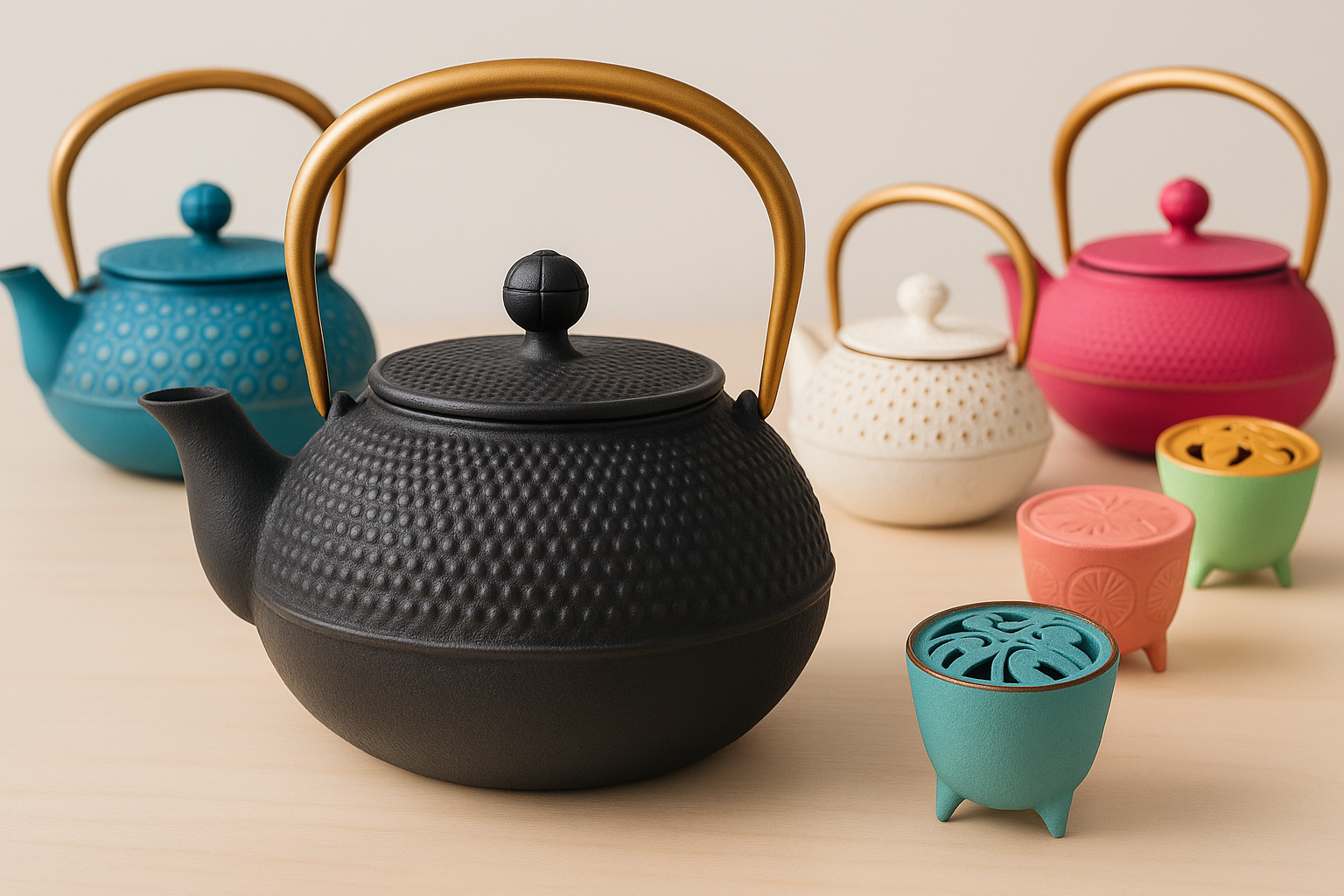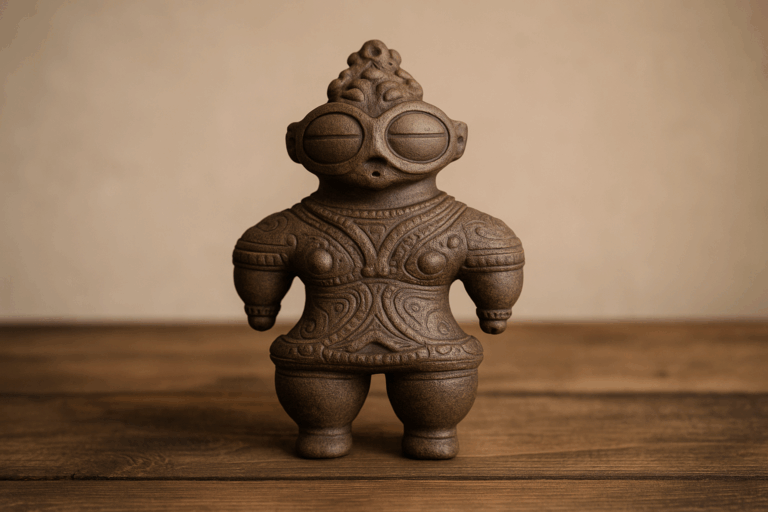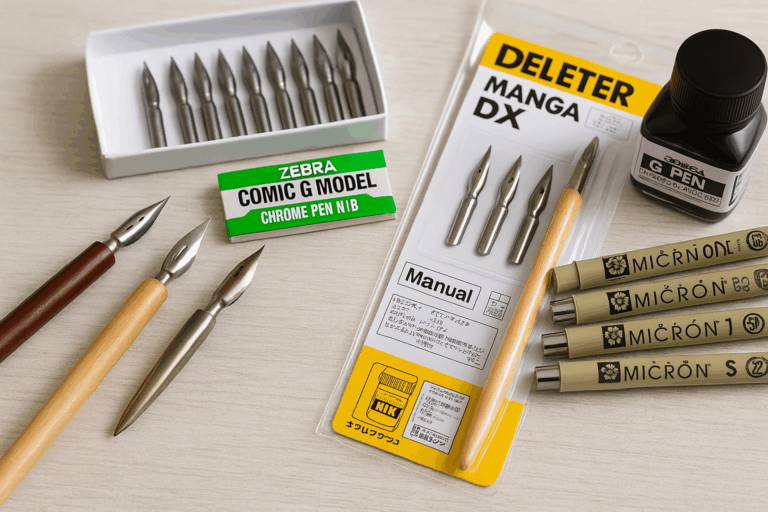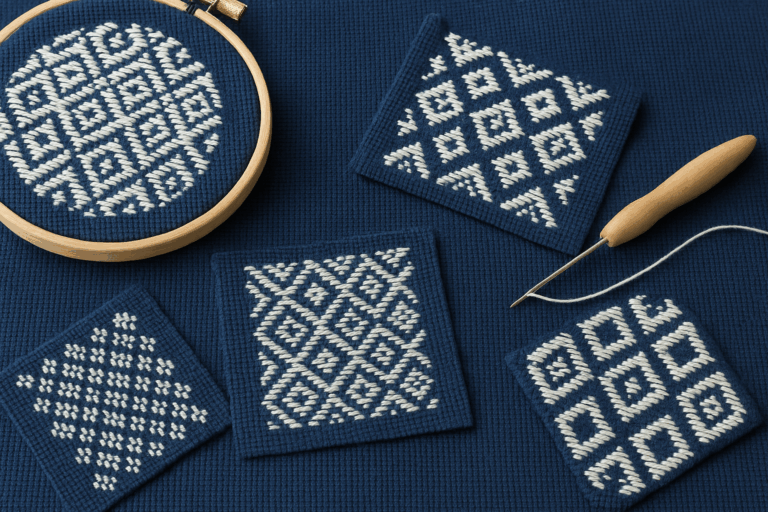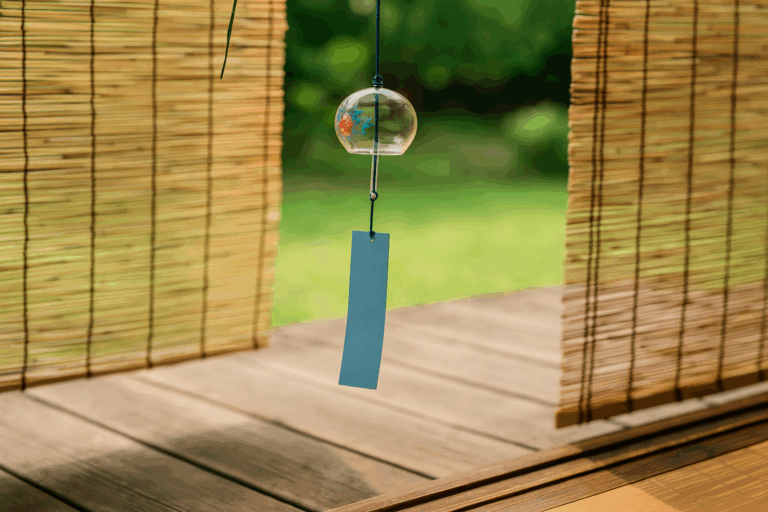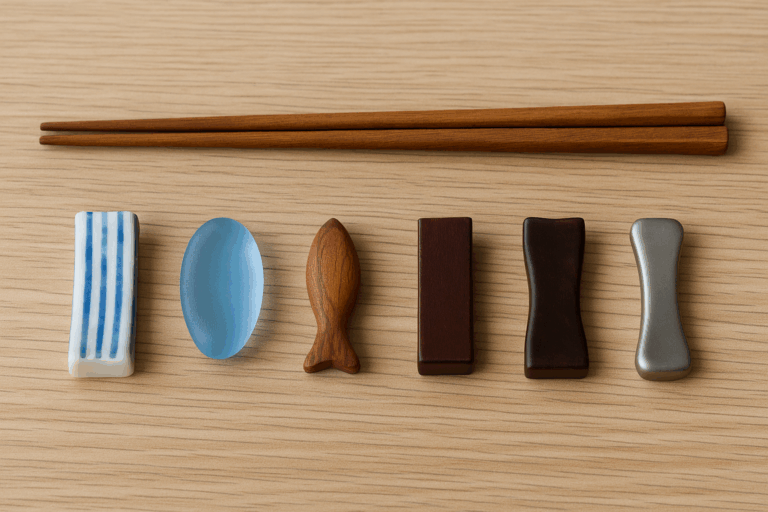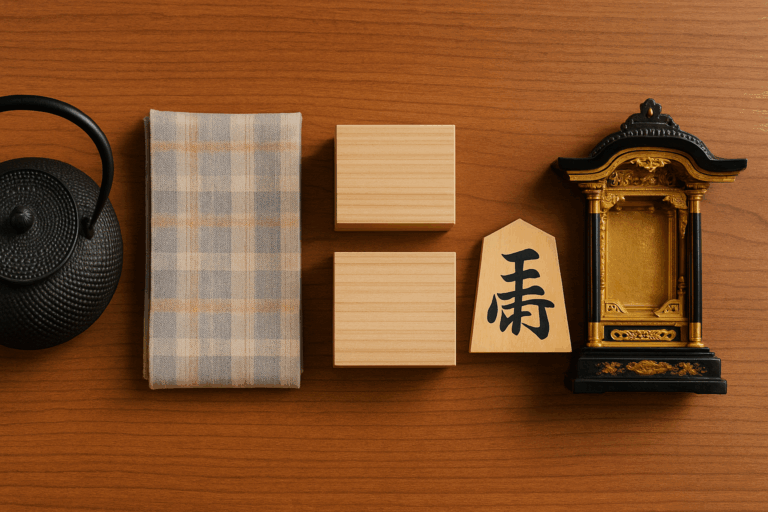What Is Nambu Tekki?─Japan’s Cast Iron Craft that Blends Beauty and Function
You’ll Feel the History in Your Hands
There’s something special about holding a Nambu Tekki cast iron kettle or pan. The weight, the warmth—it feels different from anything mass-produced.
Nambu Tekki is a traditional craft from Iwate Prefecture in northern Japan, specifically the regions of Morioka and Oshu. With over 400 years of history, it was officially recognized by Japan’s Ministry of Economy, Trade and Industry as a Designated Traditional Craft in 1975.
The production of Nambu Tekki involves more than 100 distinct steps—from design planning and mold carving to pattern stamping, casting, kiln firing, and finishing. Each of these processes is carefully carried out by skilled artisans, with meticulous attention to detail.
Why Do People Love Nambu Tekki?
✔ It Makes Water Taste Better
Water boiled in a Nambu cast iron kettle picks up trace amounts of iron, giving it a mellow, round flavor. Many say it makes tea and coffee taste noticeably smoother.
If you’re looking to increase your iron intake for health reasons, a great and natural way is to boil water in a Nambu iron kettle and enjoy a cup of tea made with it.
✔ It Lasts for Generations
With proper care, a Nambu iron kettle can last for decades. In fact, it’s not uncommon for these pieces to be passed down from parent to child.
I once gifted a Nambu Tekki kettle to a friend for their wedding. They’ve used it every day since—and they still thank me for it.
✔ Timeless Design That Elevates Your Space
In the past, Nambu ironware was typically only available in black, but in recent years, a variety of colors and designs have been developed, offering a visual delight to modern audiences.
From traditional patterns like “Arare” (hailstone texture) to sleek, modern Scandinavian-inspired styles, Nambu Tekki offers pieces that are as beautiful as they are functional. No wonder it’s gaining fans outside Japan too.
A Brief History of Nambu Tekki
The roots of Nambu Tekki go back to the early Edo period (1600s), when the feudal lords of the Morioka domain invited iron artisans from Kyoto. Initially focused on Buddhist altar fittings, production eventually shifted toward cast iron kettles as tea culture flourished. This marked the birth of what we now know as Nambu Tekki.
This region produced high-quality iron sand and had an abundance of trees, which served as a source of charcoal for smelting iron.
These natural resources are believed to have played a crucial role in the development of the casting industry in this region and in supporting its long-term sustainability.
New to Nambu Tekki? Here’s What to Start With
Iron kettles (tetsubin) – Great for daily tea, and a natural source of iron.
Modern-colored design — perfectly suited to your everyday life.
Sophisticated design — a new generation of art.
Most reputable makers provide clear instructions for use and care, so even first-timers can use them with confidence.
In Closing: A Piece of True Japanese Craftsmanship in Your Daily Life
In a world of disposable products, Nambu Tekki offers something deeper—an item you can use, cherish, and pass on.
Its durability, beauty, and cultural heritage make it more than just a kitchen tool—it’s a companion in your daily rituals.
Why not bring one into your home?
A single cast iron piece could add warmth, meaning, and a touch of Japan to your everyday life.
